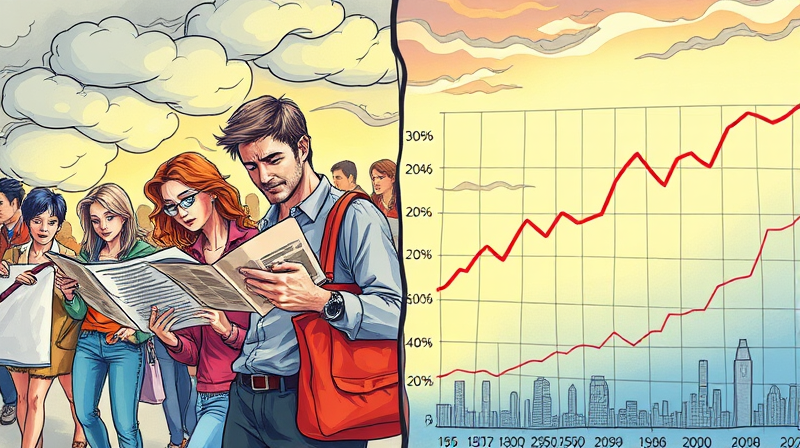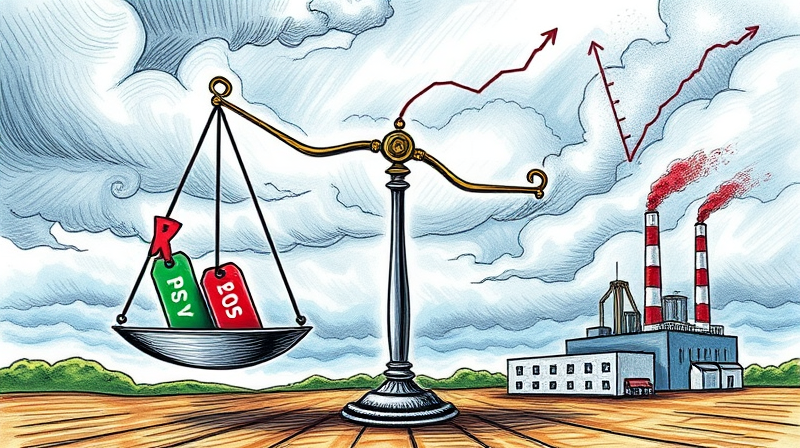
In 2025, the financial sector stands at a crossroads, wrestling with tightening credit conditions, geopolitical uncertainty, and stubborn inflation. Stakeholders must adapt swiftly to navigate this complex landscape.
The global economy is grappling with heightened trade and geopolitical uncertainty. Tariffs imposed by major economies and retaliatory measures risk further slowing growth and eroding consumer confidence.
Central banks have begun trimming rates, yet progress is constrained by stubbornly high inflation. The post-pandemic era has raised the neutral interest rate, limiting the room for aggressive monetary easing.
Banks are tightening credit across virtually all categories. Concerns about liquidity, funding costs, and asset valuations are driving more restrictive lending standards.
These measures reflect banks’ efforts to shore up capital positions and mitigate potential losses, especially after high-profile regional bank failures.
Small and midsize enterprises (SMEs) face the sharpest squeeze. Borrowing costs have surged, and access to traditional finance has narrowed. Many firms are stretching maturities to buy time, but their exposure to economic shocks remains elevated.
Lower-rated borrowers, already grappling with wider credit spreads, are increasingly turning to alternative channels. Private credit funds are stepping in with capital, albeit at higher costs and stricter terms.
As banks retreat, private credit markets have expanded rapidly. These lenders offer tailored solutions and flexible structures, filling a vital gap for businesses and projects that struggle to meet conventional bank criteria.
While private credit supports ongoing investment, it brings its own risks: higher interest rates, shorter maturities, and less regulatory oversight could amplify stress if conditions deteriorate further.
The sector outlook remains neutral at best. Banks face margin compression as funding costs rise, and they must manage concentrated exposures, notably in commercial real estate.
Key risks loom large:
Investor sentiment has held up moderately, but the build-up of downside risks suggests that market resilience could be tested if headwinds intensify.
Institutions and borrowers can take proactive steps to weather the tightening cycle:
Policymakers play a crucial role by fostering regulatory clarity and promoting liquidity backstops, especially for SMEs and critical industries.
Credit conditions may ease if inflation moderates and global cooperation improves. Conversely, renewed trade tensions, political instability, or unexpected shocks could tighten credit further, raising the risk of a downturn.
Regional divergence will shape outcomes. Emerging markets reliant on external financing could face acute stress, while economies with robust digital and green finance frameworks may find alternative pathways to growth.
Ultimately, effective risk management and strategic diversification will determine which players emerge stronger. Embracing innovation and fostering resilient financing models can turn today’s challenges into tomorrow’s opportunities.
In an era of uncertainty, the financial sector’s ability to adapt will not only safeguard economic stability but also chart a course toward sustainable, inclusive growth.
References













